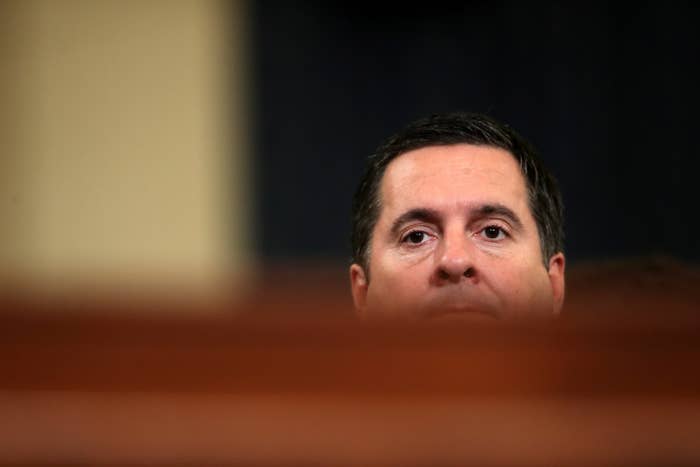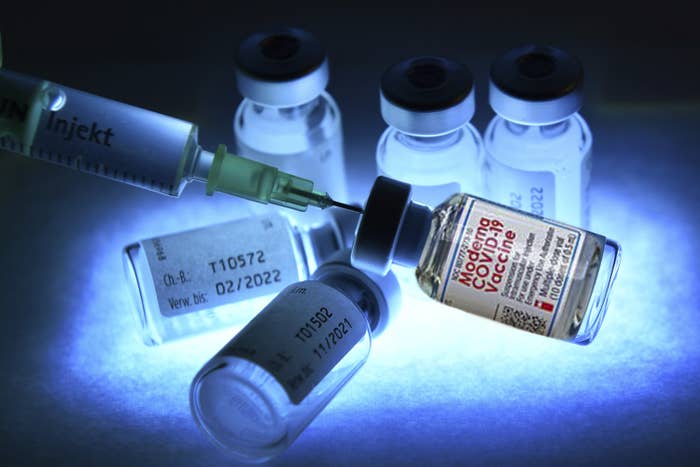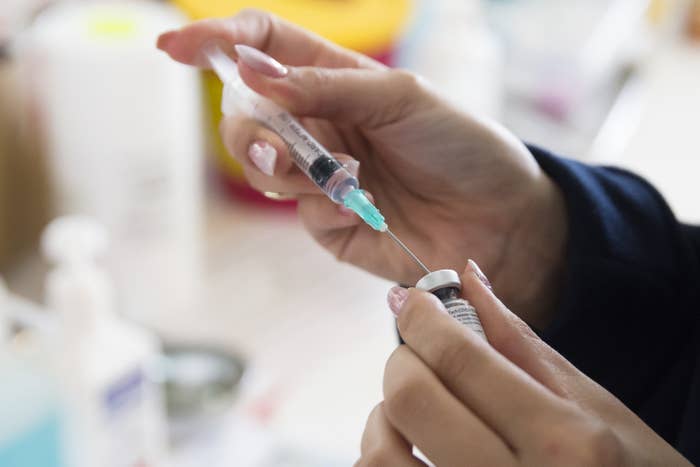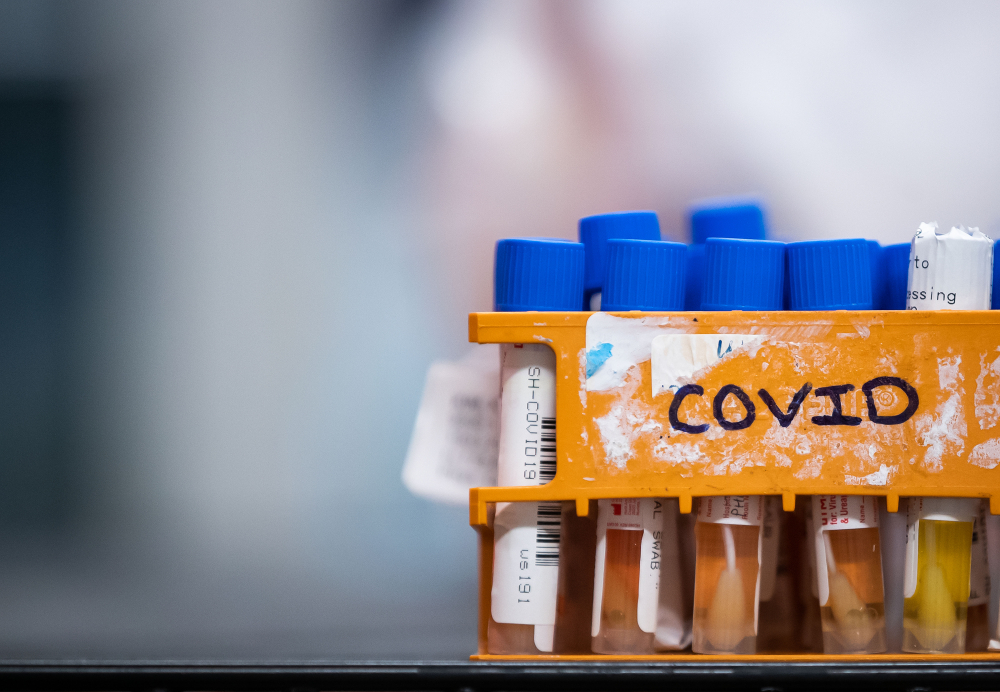MAKING THEM VALUELESS
Trump Gave The Top Civilian Honor To Devin Nunes For Undermining The Russia InvestigationIn his final weeks in office, the president is honoring friends and allies with pardons and medals.
David Mack BuzzFeed News Reporter
January 4, 2021

Drew Angerer / Getty Images
Devin Nunes, the California Republican who helped undermine the Trump impeachment proceedings and Russia inquiry by spreading unfounded conspiracies, was rewarded for his actions by the president on Monday with the nation's top civilian honor.
President Donald Trump announced he would bestow the Presidential Medal of Freedom on the member of Congress, thanking him for his work exposing what Trump called the "Russia Hoax."
"Congressman Devin Nunes is a public servant of unmatched talent, unassailable integrity, and unwavering resolve," Trump said in a statement. "He uncovered the greatest scandal in American history."
A White House spokesperson told media on Monday afternoon the ceremony was held — apparently privately — earlier in the day.
Trump is also expected to soon bestow the award to Jim Jordan, the Ohio member of Congress who has also been a close ally and who has been accused of turning a blind eye to sexual assault at Ohio State University when he coached wrestling there — a charge he denies.
The decision to honor Nunes and Jordan with an award previously given to figures such as Rosa Parks, Martin Luther King Jr., Neil Armstrong, and Sandra Day O'Connor is part of a pattern of behavior of Trump rewarding allies with honors or presidential pardons during his final weeks in office.
Nunes, who has represented California's 22nd District since 2003, used his stewardship of the House Intelligence Committee until 2019 to inject partisan intrigue into the investigation into Russia's ties to the 2016 Trump campaign, effectively stalling that committee's probe. Senate Republicans even criticized their House counterparts for a "very partisan" probe.
In 2018, Nunes was also a leading figure in a push to release a classified memo he had written detailing how top Justice Department officials had given approval to surveillance of Trump campaign foreign policy adviser Carter Page without fully explaining to a Foreign Intelligence Surveillance Court judge that their intelligence was partially based on the Christoper Steele dossier.
For weeks, Nunes led a campaign in right-wing media teasing the memo's contents, but it failed to live up to the hype.
Democrats said Nunes' decision to release his memo was aimed solely at discrediting the DOJ and FBI, as well as undermining public faith in the investigation of former special counsel Robert Mueller.
Trump subsequently called Nunes "a true American Patriot the likes of which we rarely see in our modern day world."
In his announcement on Monday, Trump praised Nunes for helping to "thwart a plot to take down a sitting United States president."
During the 2019 impeachment of Trump over his dealings with Ukraine, Nunes worked to feed the conservative media machine by peppering witnesses with seemingly bizarre questions drawn from conspiracy theories that were then clipped into viral videos casting doubt over the proceedings.
The impeachment inquiry also found Nunes had been communicating extensively with Rudy Giuliani and his associate Lev Parnas prior to the proceedings.
"It is I think deeply concerning that at a time when the President of United States was using the power of his office to dig up dirt on a political rival," said Democratic House Intelligence Chair Adam Schiff in December, "that there may be evidence that there were members of Congress complicit in that activity."
At one point, Nunes appeared more concerned that Trump's conversation with the Ukrainian leader had leaked, rather than with the contents of the call that showed Trump pressuring his counterpart to dig up dirt on Joe Biden.
Nunes has also made headlines in recent years for his failed attempts to sue two Twitter parody accounts — one pretending to be his mother, the other posing as a cow — that had been mocking him.
The Presidential Medal of Freedom is typically awarded to individuals — living or dead — who have made "especially meritorious contributions to the security or national interests of the United States, to world peace, or to cultural or other significant public or private endeavors."
Presidents award the medal at their own discretion, routinely honoring top cultural or historical figures.
During his presidency, Trump has bestowed the medal on Republican donor Miriam Adelson and right-wing radio host Rush Limbaugh, among others. He has also posthumously awarded it to Elvis Presley, Babe Ruth, and Antonin Scalia.


















 2020 was a huge year for science and research. Photo by Darryl Dyck, the Canadian Press.
2020 was a huge year for science and research. Photo by Darryl Dyck, the Canadian Press.
